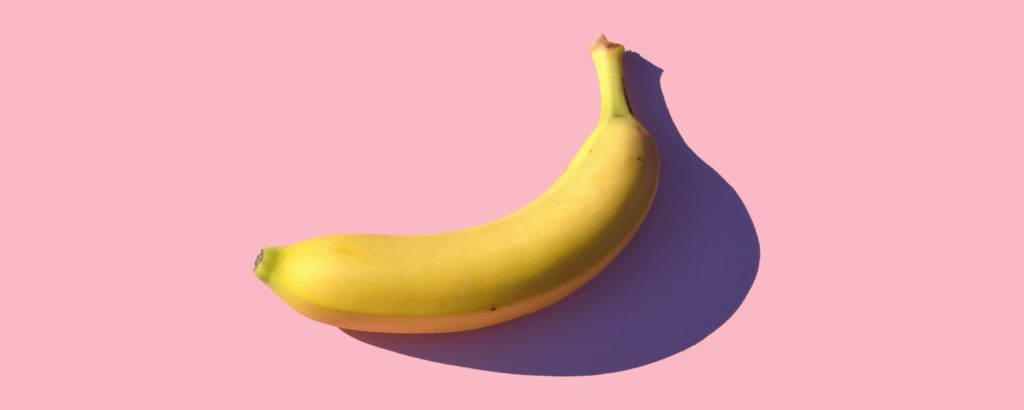
Banana’s are well known as a rich source of Potassium. But did you know that there’s also a great source of dietary fiber in a banana too?
That’s right! Like all plant materials, bananas are rich in the types of dietary fibers that provide structure to plants, such as cellulose and pectin. (If you want to learn more about types of dietary fiber, see What is Dietary Fiber?)
But that’s not what makes dietary fiber in a banana particularly important. Bananas are also a really good source of a type of dietary fiber called resistant starch. Resistant starch is different to these other types of fiber in its effects on food and effect on the body.
What is resistant starch?
Resistant starch is a really important type of dietary fiber because of its health benefits. For example resistant starch can positively influence your digestive tract and the beneficial bacteria that live there. It can also help control blood cholesterol levels and glycemic index and so assist in the control of diabetes.
Resistant starch is chemically identical to the starch in boiled potatoes, rice and pasta. The difference is the physical structure of the starch chains. In boiled potatoes, starch chain are separated into individual chains which are easy to digest by the enzymes in your gut. But the starch chains in resistant starch are wrapped tightly together inside starch granules. This tight association means that the body’s enzymes can’t digest it.
What affects the amount of this dietary fibre in a banana?
But that association is very sensitive to heating. Unlike for other dietary fiber types, the amount of resistant starch in your food really depends on how you prepare your food. Consuming bananas after cooking or baking will also decrease the amount of resistant starch in them.
This is the main structure of the starch that is in green unripe bananas. But the resistant starch breaks down into sugars during the natural process of ripening. This is why ripe bananas taste sweeter than unripe ones. But it also mean that you’ll lose the health benefits of the resistant starch too.
The bottom line
To consume more resistant starch, you should consume bananas while they are green and unripe. That way you’ll maximise the amount of dietary fiber in a banana every time you eat one!
